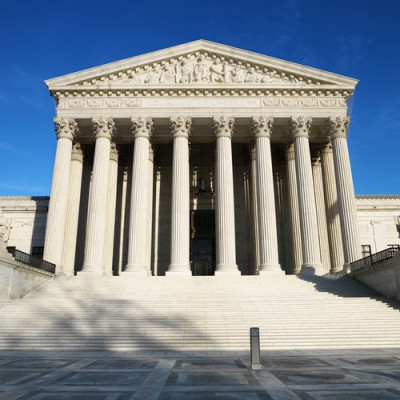Cities need more than foreseeable damages to file fair housing cases against banks, SCOTUS says

When determining if a municipality meets the Fair Housing Act’s definition of an “aggrieved person” for litigation, courts must determine if there’s a direct relationship between alleged conduct and actual harm, the U.S. Supreme Court found Monday.
The consolidated cases, which allege that Bank of America and Wells Fargo engaged in predatory lending targeted at blacks and Latinos, were filed by the city of Miami. The municipality brought the actions in 2013, arguing that the banks imposed more predatory conditions on borrowers of color, according to the opinion, including “excessively high interest rates,” overstating refinance opportunities and unjustified refusal to refinance or modify loans for homeowners facing foreclosure. That led to higher foreclosure rates in neighborhoods with large minority populations, the opinion states, and increased the need for city services including police, fire and building code agencies.
Previously, the Atlanta-based 11th U.S. Circuit Court of Appeals found that the city met the statute’s aggrieved party qualifications based on allegations that the banks’ actions caused foreseeable costs regarding municipal services.
Foreseeability is not sufficient to establish proximate cause under the FHA, and instead a direct relationship between the injury and the alleged conduct must be shown, according to the U.S. Supreme Court opinion, Bank of America Corp. v. City of Miami (PDF). It was written by Justice Stephen Breyer, and joined by Chief Justice John G. Roberts, Jr. and Justices Ruth Bader Ginsburg, Sonia Sotomayor and Elena Kagan.
The opinion, which found that the city of Miami has legal standing to sue and that its injuries fall under the zone of interests the Fair Housing Act protects, vacates the 11th Circuit finding and remands the lawsuits back for further proceedings.
“The lower courts should define, in the first instance, the contours of proximate cause under the FHA and decide how that standard applies to the city’s claims for lost property-tax revenue and increased municipal expenses,” the opinion states.
Justice Clarence Thomas authored a partial concurrence and dissent, finding that Miami’s injuries fall outside FHA protections, and are too remote to satisfy the law’s proximate cause requirement. He agreed with the opinion’s finding that foreseeability is not sufficient to establish proximate cause under the statute. He was joined by Justices Anthony M. Kennedy and Samuel Anthony Alito, Jr. Justice Neil M. Gorsuch did not participate in the opinion.



